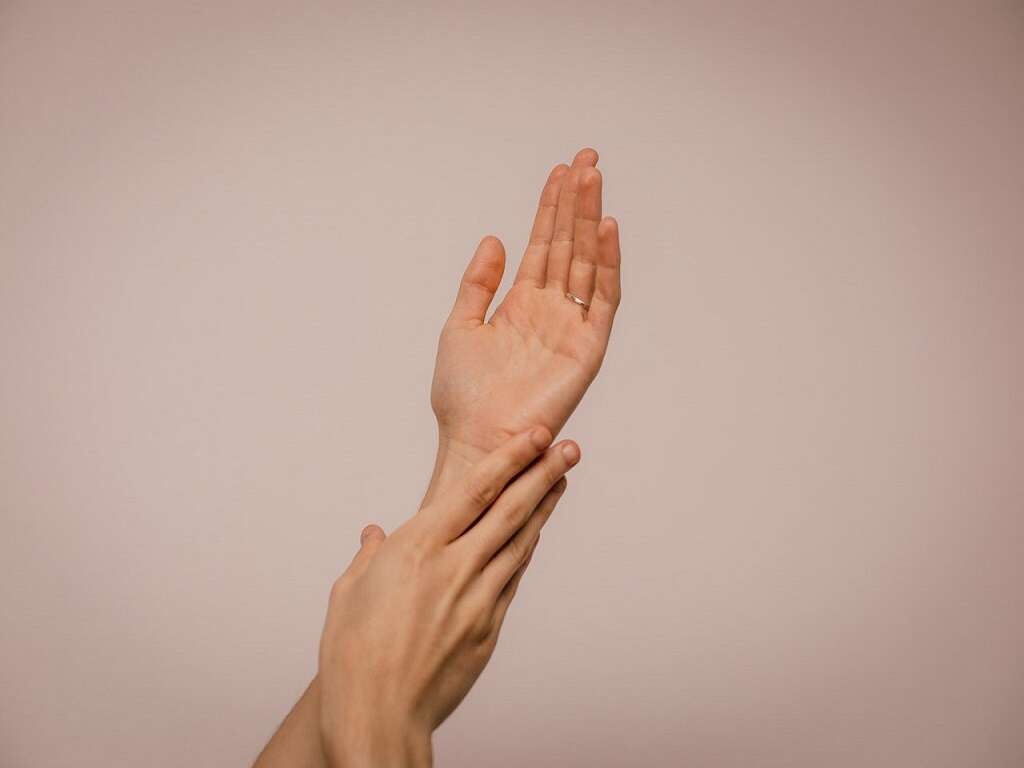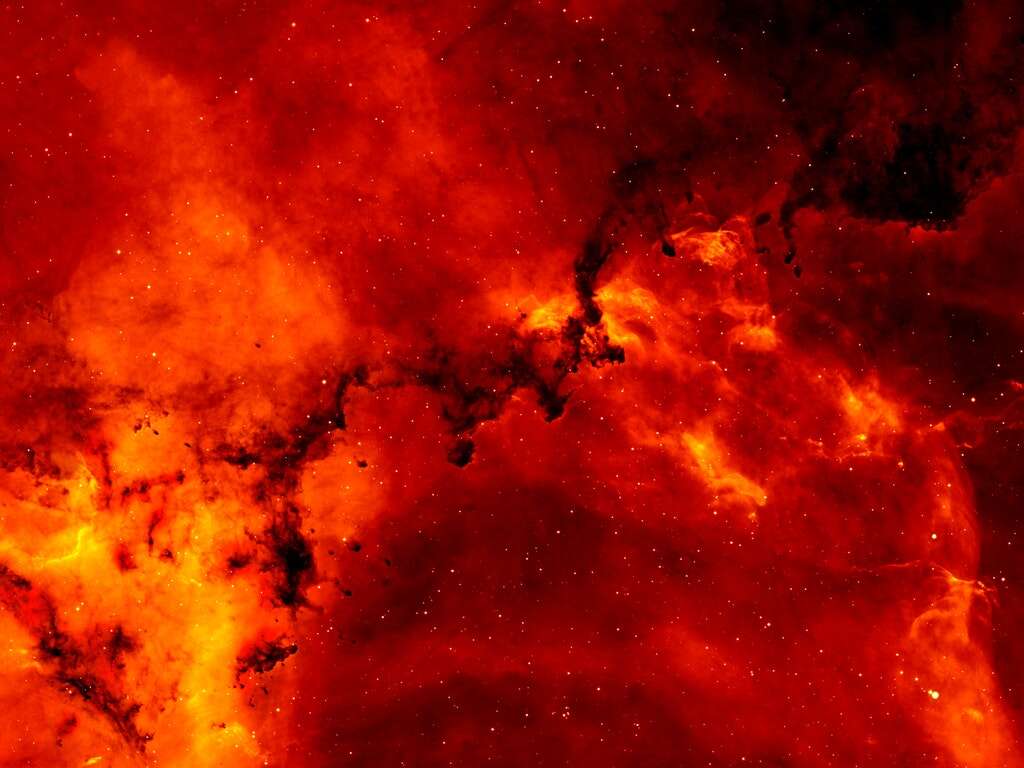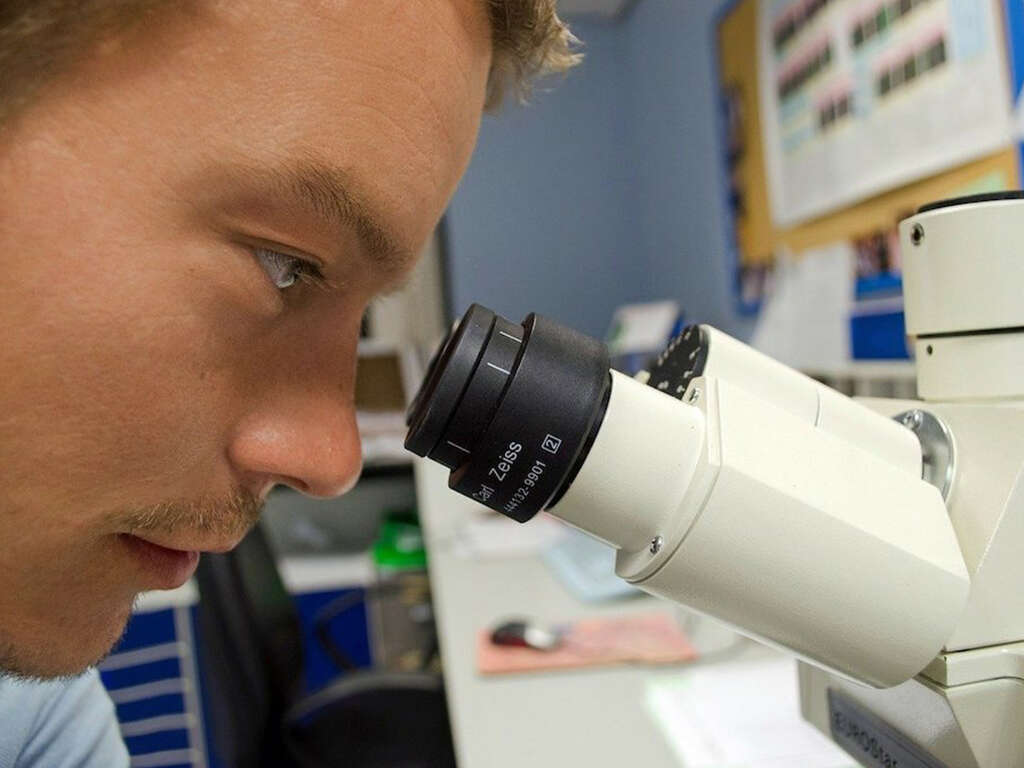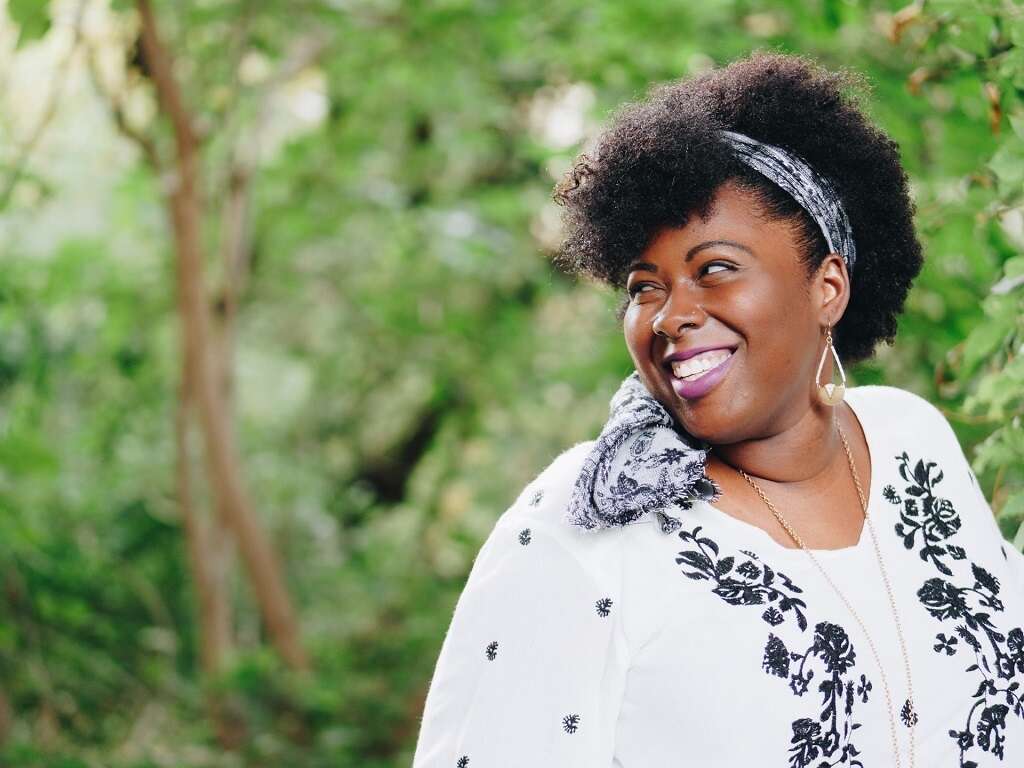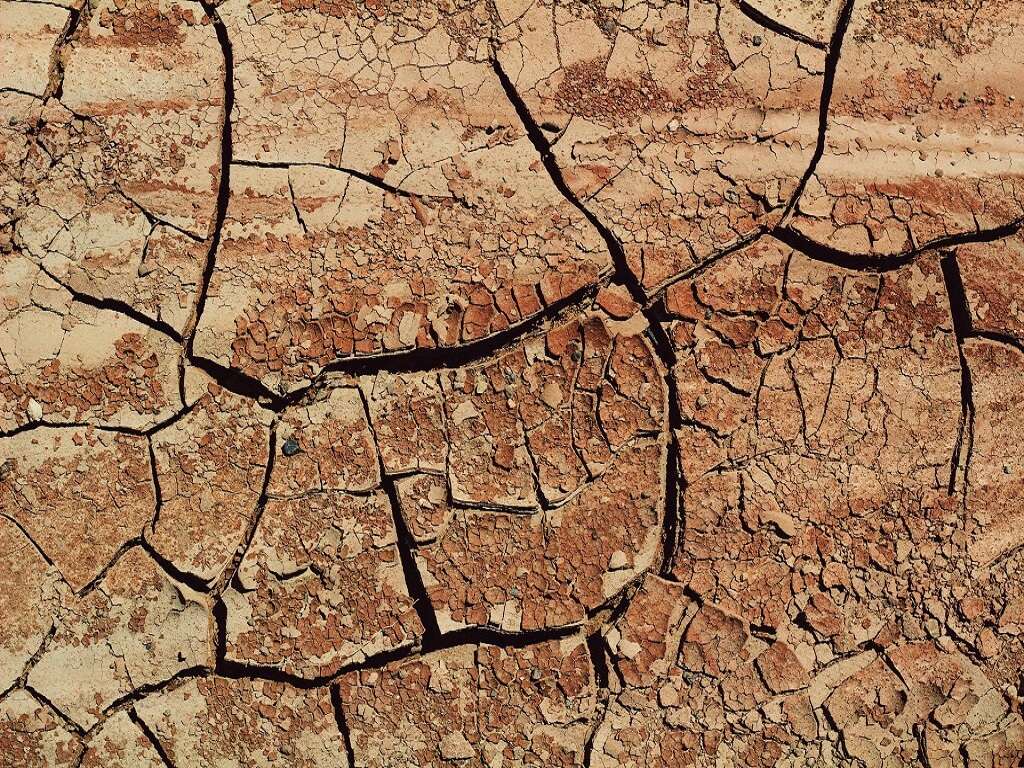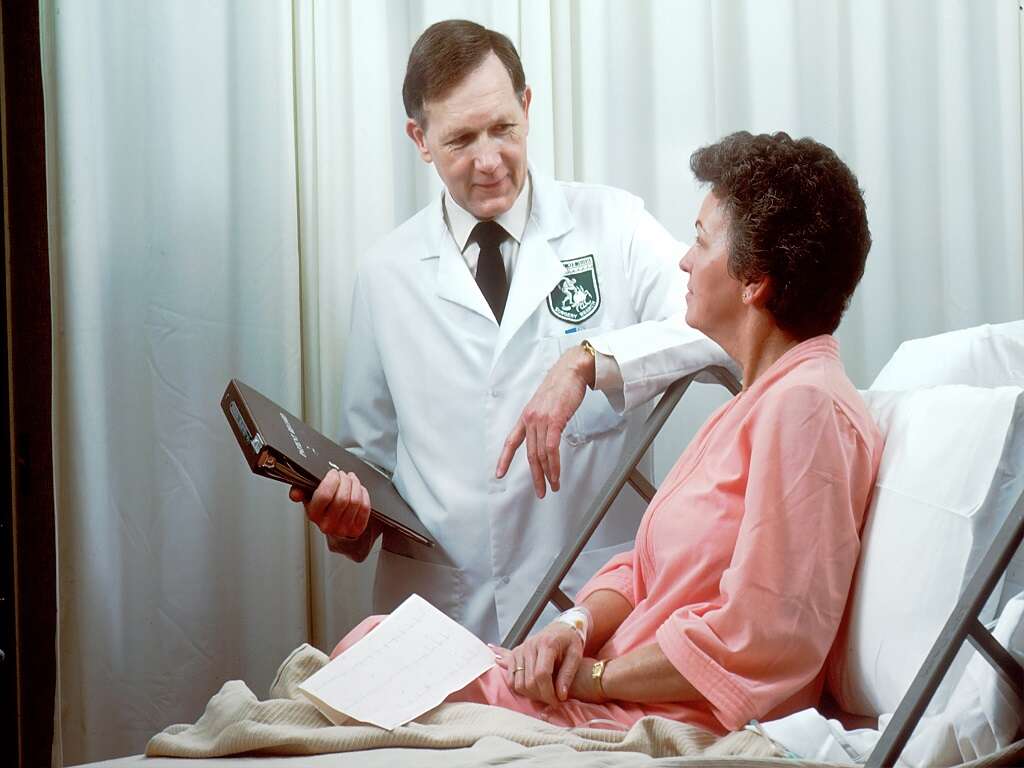What Causes Varicose Veins?
Ideally, blood flows through the body supplying oxygen, nutrients, and actively removing toxins from the system through an intricate circulatory system made up of veins and arteries of varying sizes. However, in certain instances, the system is compromised such that the one-way valves that prevent backward flow fails and blood begins to collect in veins rather than moving onward toward the heart.
This leads to an increase in internal pressure, which causes the veins to enlarge. The condition mainly affects veins that are farthest from the heart since gravity makes upward flow of blood difficult. Twisting, swelling, and bulging may also occur and make the veins visible under the skin. This condition is called varicose veins. Varicose veins are twice as likely to occur in females than in males.
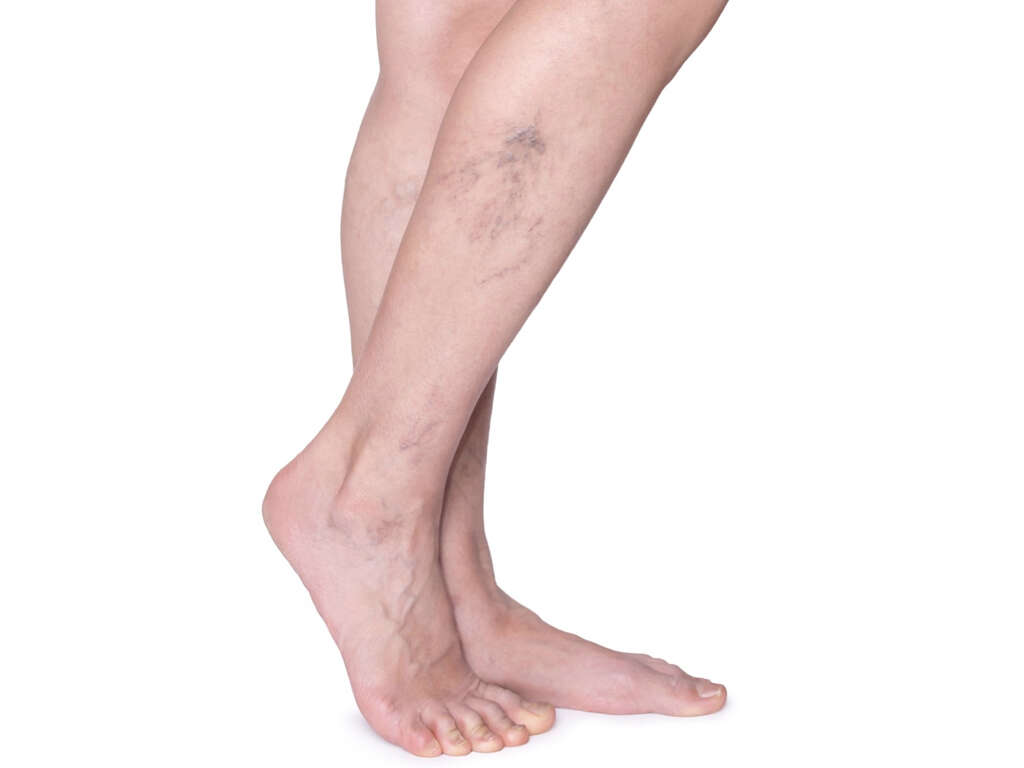
1. Symptoms of Varicose Veins
The veins of the legs become misshapen and visible as a primary symptom of varicose veins. The enlarged veins may also become swollen, painful, and heavy, especially at night or after exercise. In severe forms, bleeding and ulceration may occur. The skin just above the ankle has fat that becomes hard, leading to shrinking of the skin, a condition referred to as lipodermatosclerosis.
Spider veins, also called telangiectasia, appear in the affected leg and the skin around the varicose vein acquire a shiny discoloration that is usually bluish or brownish. Skin may also become dry, itchy, and red; a condition referred to as stasis dermatitis or venous eczema. Leg cramps may occur when a patient suddenly gets on their feet. Additionally, many people with varicose veins experience restless leg syndrome.

2. Causes of Varicose Veins
Veins are the blood vessels that carry deoxygenated blood back to the heart for re-oxygenation in the lungs before recirculation. For this to work, one-way valves within the vein need to be in good condition. Varicose veins develop when the one-way valves weaken as a result of abnormal stretching of the vein walls, which causes loss of elasticity, thereby allowing back-flow of blood.
Blood eventually accumulates in the veins, causing them to enlarge and swell. This occurs mainly in veins furthest from the heart, notably the legs because the force of gravity makes it harder to push blood back to the heart.
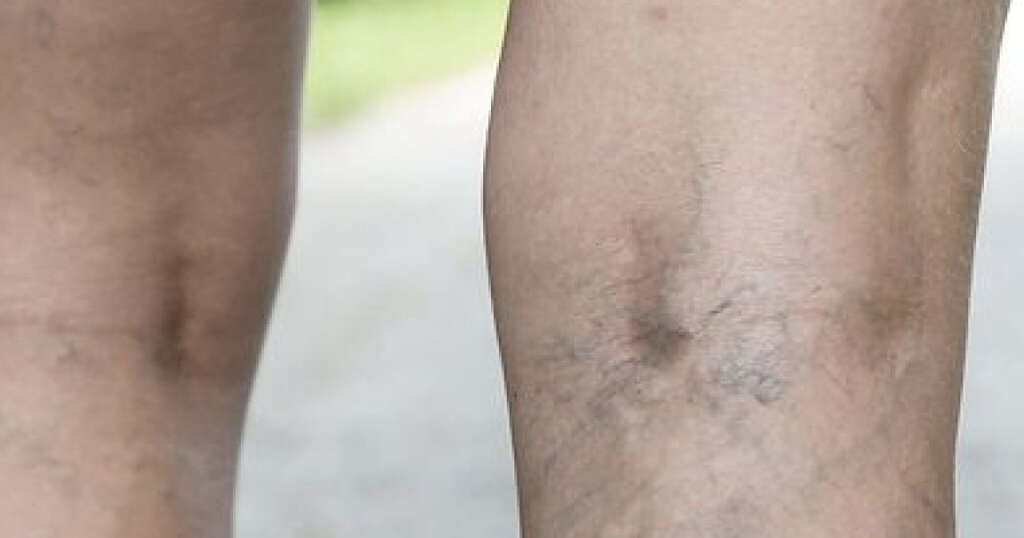
3. Predisposing Factors
Pregnancy, constipation, and sometimes, tumors are some of the conditions that put pressure on the abdomen and therefore are documented as potential causes of varicose veins.
Other known causes include menopause, being overweight or obese, standing for long periods of time, family history of varicose veins, and being a person aged over 50.

4. Varicose Veins and Chronic Diseases
Varicose veins is a blood circulation condition. It is associated with several other conditions that seem to have a link to it. It is not well understood whether these conditions are risk factors for varicose veins, or varicose veins itself is a risk factor. Still, there seems to be a link between them and people with one condition are more likely to have the other compared to those without.
Conditions linked, or occurring together with varicose veins, include being overweight or obese, hypertension, heart disease, and high cholesterol.
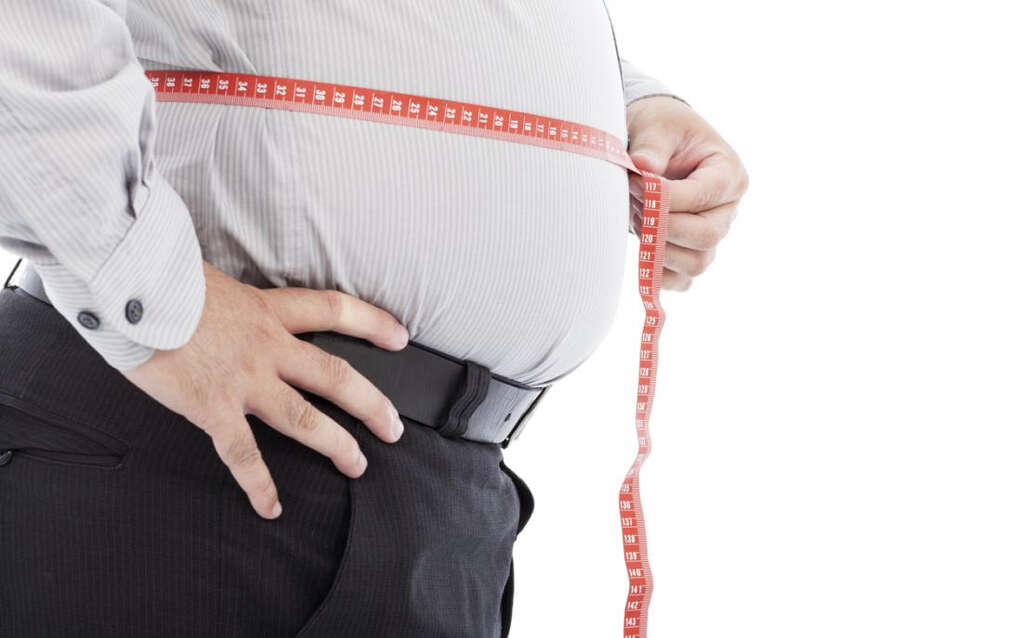
5. Complications
Varicose veins rarely complicate, although painful ulcers may form on the skin in areas affected and more so near the ankles. Before the ulcer forms, a discolored spot occurs on the skin. In the occasion that veins deep within the legs enlarge, the affected leg swells and becomes painful, which may be an indication of the presence of a blood clot or thrombophlebitis.
Bleeding may also occur as a result of the veins closest to the skin bursting. The exchange of oxygen, nutrients, and waste products in the lungs may be affected mainly because of the weak blood flow. This leads to chronic venous insufficiency, and though not caused by the varicose veins directly, the two have a close connection.

6. Disease Process
Though varicose veins mainly affect the veins running just under the skin, which may lead to pain and disfigurement, they are usually harmless. But besides the surface vein network, the legs have veins located deep within. If these are affected by the condition, they can cause swelling and aching of the entire leg. A person with a previous leg injury is more likely to develop varicose veins, and sitting with crossed legs may aggravate an existing condition.
Trousseau’s syndrome, or recurrent thromboses, may be the developmental cause for many episodes of superficial blood clotting. Blood clots develop just under the skin appearing like a red streak accompanied by inflammation referred to as phlebitis; warmth, tenderness, and swelling may also be experienced. Whenever a clot and inflammation occur together, the condition is referred to as superficial thrombophlebitis, commonly occurring in the setting of the varicose veins.
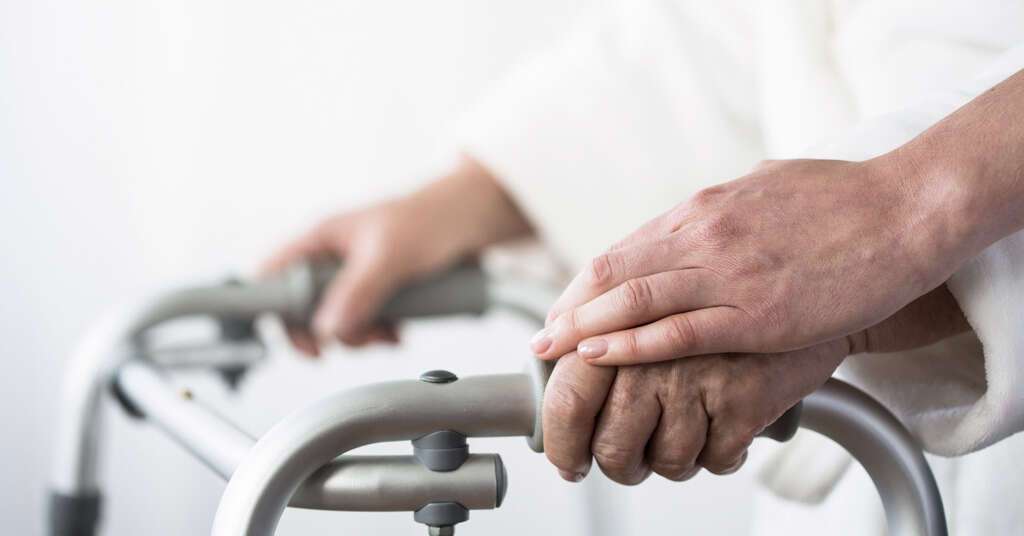
7. Lifestyle and Diet to Ease Varicose Veins
Shedding of any excess weight reduces unnecessary pressure in the veins and is the first and most important step in the management of varicose veins. To achieve this, eat more foods that help reduce water retention in the body, including potassium-rich foods like ripe yellow bananas, pistachio nuts and almonds, oranges, cantaloupe, apricots, grapefruit, honey dew, raisins, prunes, dates, mushrooms, sweet potatoes, cucumbers, and peas.
Also reduce your intake of salt and salty foods. Centella asiatica, commonly known as gotu kola, is a culinary vegetable as well as a medicinal herb that improves circulation and reduces swelling. Ingesting more flavonoid-rich foods like citrus fruits and juices, blueberries, legumes, green tea, cabbage, broccoli, dark chocolate, capers, onions, and strawberries can help reduce inflammation and improve the venous tone.

8. Diagnosis
A description of the pain, coupled with physical examination of the legs in standing and sitting positions, are necessary for diagnosis of varicose veins. Ultrasound tests to check the functioning of the venous valves and the presence of clots may also be done. In some instances, further assessment of the veins may also be required.
Depending on the location, a venogram is done by injecting a special dye into the leg before taking x-rays. These two tests aid in ensuring there are no blockages or blood clots causing the swelling and pain.
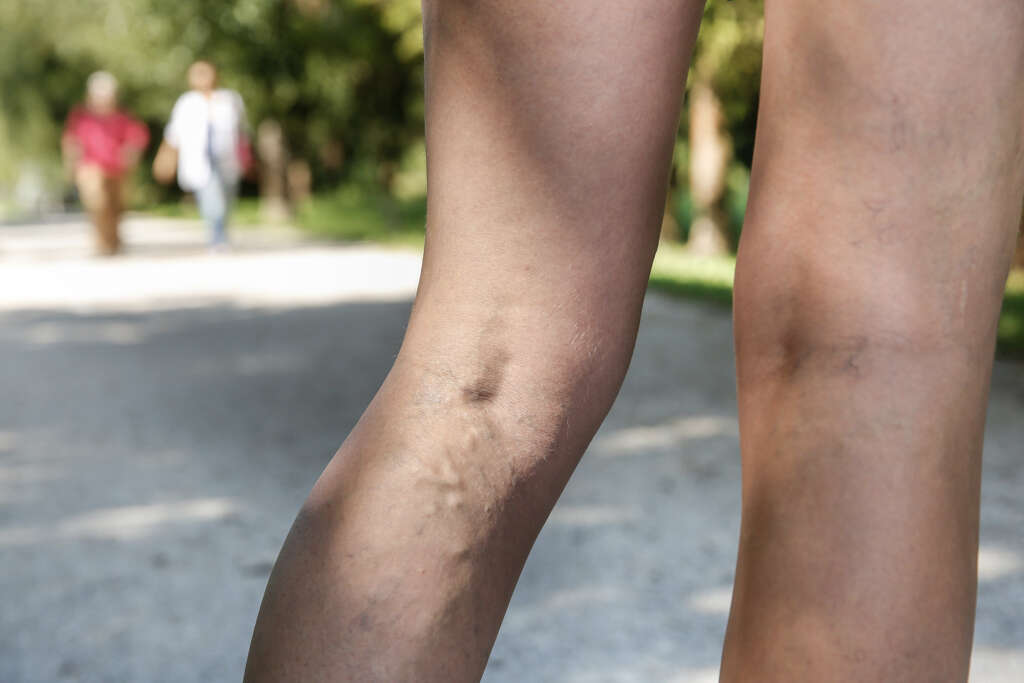
9. Treatment
Pregnancy-induced varicose veins improve within 3-12 months postpartum without any medical intervention. For other cases, hospitalization is generally not necessary and the condition is usually treated on an outpatient basis. Treatment consists of self-care that lays emphasis on weight loss, physical exercise, keeping legs elevated, wearing loose fitting clothes, and avoiding sitting or standing for long periods. Invest in compression stockings, which squeeze the legs, aiding the veins to move blood more efficiently. Also keep your legs in an elevated position whenever you are resting or sleeping.
In more severe cases, sclerotherapy for smaller veins and foam sclerotherapy for larger veins may be used. This treatment causes the varicose veins to fade within a few weeks. For smaller varicose veins, removal via tiny skin punctures referred to as ambulatory phlebotomy is also used as a method of treatment. A newer noninvasive laser treatment technology where smaller varicose veins and spider veins are closed off is also worth consideration.
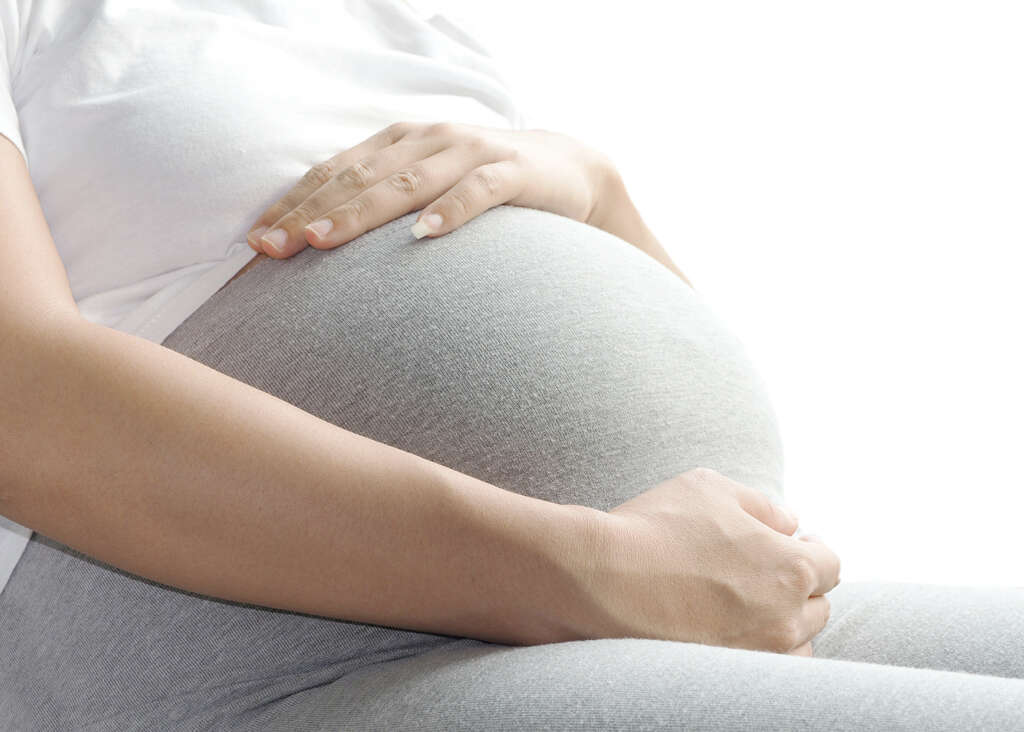
10. Long-Term Outlook
Other than varicose veins being unsightly, they don’t usually cause any long-term problems and patients can lead normal lives. However, rupture of veins may occur in severe cases and may progress to causing clots if left unattended. Still, lifestyle change can stop the condition from progressing to severity.
Diet and lifestyle changes should be your first-line of varicose vein management before going for more aggressive forms of treatment. In instances where the varicose veins have already formed, take measures to prevent development of new varicose veins.




